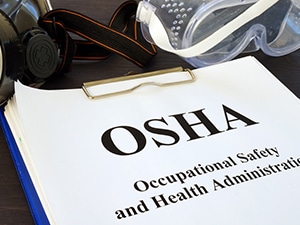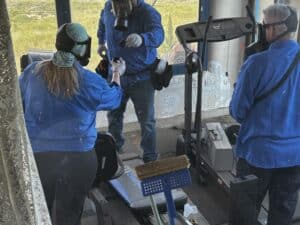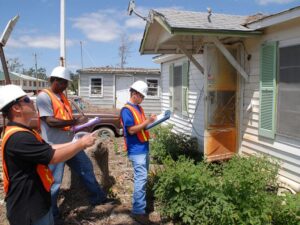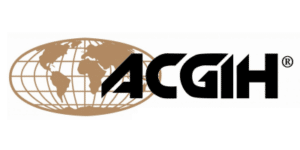Revision to Cal/OSHA Lead Exposure Standard Plan Will Result in Stricter Rules for Employers

California employers in the construction and general industries can expect another revision to lead exposure standards to be finalized by September 2020. In June 2019, Governor Gavin Newsom approved Senate Bill 83, which requires Cal/OSHA to adopt a revised lead exposure standard. The proposed goal of the bill is to protect the health and safety of construction workers by lowering the permissible exposure limit (PEL) for airborne lead from 50 to 10 micrograms per cubic meter (μg/m3) of air calculated as an 8-hour time-weighted average (TWA). Additionally, the proposed changes would lower the lead action level (AL) from 30 to 2 μg/m3 over an 8-hour TWA. The new standard will apply to lead workers in both general industry and construction-related businesses.
Cal/OSHA has submitted an economic impact analysis of the proposed rule to the California Department of Finance for review. After its review, Cal/OSHA will submit a rulemaking package to the OSHA standards board. The board will then begin formal rulemaking, including public hearings on the proposed rule.
Health and Safety Officials Have Recommended Changes to Lead Exposure Standards for Years
Reducing the PEL to one-fifth of the current standard may seem extreme, but health and safety officials have recommended even less than that. In September 2013, officials from the California Department of Health’s Occupational Lead Poisoning Prevention Program stated in correspondence that it recommended a 10 microgram maximum PEL. In its recommendation to the department, program officials stated that “having chronic blood lead levels (BLLs) in the range of 5 to 10 micrograms per deciliter (µg/dL) poses a health risk to working adults.” Program officials concluded that “in order to prevent chronic BLLs at or above 5 to 10 µg/dL, air lead levels in the workplace must not exceed an 8-hour time-weighted average concentration of 0.5 – 2.1 micrograms lead per cubic meter of air.” It remains to be seen whether Cal/OSHA will move to adopt an even stricter standard than what was previously proposed, but employers should prepare to make changes nonetheless.
Proposed Changes to the Cal/OSHA Lead Standard and Effects on Employers
In addition to lowering the lead action level from 30 to 2 μg/m3 per 8-hour TWA and the permissible exposure level from 50 to 10 μg/m3 per 8-hour TWA, the proposed changes include several other rules that employers should be aware of:
- Employers must provide shower facilities and ensure that individuals exposed above the PEL use the shower at the end of their shift;
- If initial exposure assessment indicates exposure above the action level of 2 μg/m3, the employer must provide blood lead testing and monitor exposed individuals at least annually;
- Employers must provide training on the lead standard, hazards of working with lead, proper hygiene practices, and proper use of PPE to all employees who may be exposed to lead at or above the action level, who conduct trigger tasks, or who may be subject to skin or eye irritation due to lead.
Site Surveys and Lead Assessments for Regulatory Compliance
Omega’s team has decades of experience conducting lead assessments and site surveys to assist our clients with mitigating lead exposure during demolition, construction, renovation, and in manufacturing operations. Our work is trusted by contractors, architects, and engineers on a wide variety of public and private projects, including airports, railways, educational facilities, and historic properties. Contact us to learn about our lead assessment services and how we can help you manage upcoming changes to lead-related regulations.










